
I Just Converted to Islam, Do I Have to Wear Niqab or Burqa?
Is Hijab and Niqab for Beautiful Woman Only?
How beautiful a woman is or isn't does not affect the obligation of hijab. 😍🚫
It is a universal ruling for all believing women, regardless of looks, adult age, or location. 💪🌍
As for the niqab, there is a difference of opinion on its obligation. 🧕🔍
According to those who hold it obligatory it is regardless of any condition, therefore it is a universal obligation. 🙌🌍
While those who hold it not obligatory state that if there is 'fitnah' then it becomes obligatory. 😷🚫
The fitnah could be due to an individual's beauty in a particular place and time, or general societal fitnah due to moral decay. 🤷♀️😞🚫
Proper Hijab
Imam al Qurtubi mentions in his commentary: 📖👳♂️
“Women in those days used to cover their heads with the khimar, throwing its ends upon their backs. This left the neck and the upper part of the chest bare, along with the ears, in the manner of the Christians. Then Allah commanded them to cover those parts with the khimar." 🧕👂
Imam al Qurtubi
Other Quranic commentators, such as Ibn Kathir, also offer similar explanations. 📜📚
We can deduce then, that whatever the garment worn over the head (whether we call it a hijab or a khimar), the head and hair, the neck and throat, and the upper chest area must be covered. 🧕💆♀️
General modesty for women in front of non-mahrams is that they wear clothes that do not attract unnecessary attention. 🚫👀
This entails that clothes should be loose. While the khimar, as we know it today, is undoubtedly the most modest clothing for a Muslim woman to cover those areas, as it is specifically designed for that purpose, it is not obligatory, and can be undesirable or impractical to wear for some women. 🤷♀️👗
Furthermore, even with loose clothing, it is not possible to always have the shoulders or forearm sleeves as loose as other areas, and its appearance will depend on the cut and fabric of the clothing, as well the woman’s build. 💃👚
As long as the clothing is generally loose and modest in style and tone (the latter two varying in various cultures), and proper hijab is observed, the shape of the (covered) shoulders being seen, or not being draped over by additional clothing to hide them completely, shouldn’t be made an issue. 🙅♀️👩👧
Once a woman has done what she is obliged to do in regards her modesty, she does not need to do anything more. 💪🧕
We should also not forget that the other side to this issue is that men are obliged to lower their gaze. 👀🚶♂️
What is the Definition of Upper Chest Area for the Hijab?
The upper chest area is roughly what is between the shoulders and the ‘flat’ part of the chest. 😊
Imagine a semi-circle running around this area. 🟠
However, it’s important to note that when we say the ‘hijab must cover the upper chest area’ we are not specifically referring to one garment. 🧕
The emphasis is on covering that part. 📝
As mentioned in Imam Qurtabi’s tafsir, this upper chest area used to be left exposed (with the rest of the chest and torso covered), so the verse was revealed to inform the believing women to cover that area. 📖
Therefore, the point is that this area should be covered (i.e. no skin exposed), and this should be done by wearing loose and modest clothing. 👗
It could be that the head and hair are covered by one garment, the neck and throat by another, and the upper chest by another garment, even if this same garment covers the torso and arms as well, such as a baggy top. 🧣
Khimars or long scarves are excellent for this as they cover all these areas as well as concealing much of the form of the body. 🧕
Female modesty is very important, as is men’s. 👩👨
However, as mentioned in the previous answer, once a person has done their best, and the clothes fulfill the criteria of looseness and modesty (not attention-grabbing), then we shouldn’t make a big deal of what specific clothes are worn by an individual to do the job. 💫
There's always ways to improve things, but once a person has the obligatory and most important elements in place, then they themselves can work on any better ways to do things as they progress in their faith. 🌟
Muslim women in particular have a tough time of it when they practice, so there’s no need for others to make it any harder for them. 🙌
Female Covering Under the Chin
The awra of a woman in prayer and in public is everything except the hands and face. 🙌👩
The parameter of the face is from the natural hairline to the bottom of the chin. 📏
One would also need to cover a part of this facial parameter in order to ensure anything beyond the parameter is not exposed upon movement. 🚶♀️
Therefore, a small part of the chin (and part of the forehead) must be covered. 🧕
In prayer, a woman should cover these areas as the legal validity of the prayer depends on it. 🙏
Outside of prayer, she should do her best to cover up to the chin, but in practice, sometimes there is difficulty in doing this or in maintaining it at all times, in which case, she should just do her best and not over worry about whether too much of the chin, or the underside of the chin, shows or not. 💆♀️
There is no need to overthink and stress out about such minute matters (let alone stress others out by pointing it out if you see it!). 😌
The Prophet ﷺ said:
‘Make things easy for the people, and do not make it difficult for them, and make them calm and do not repulse them.’ [al Bukhari] 💫
The Prophet ﷺ
I believe, due to a slightly different understanding of the parameters of the face, the hanafis permit some part of the underside of the chin to be exposed, so one may also take that opinion just to cover themselves (no pun intended!). 📚👍
Women's Dress in Public Places
As mentioned in previous answers, a woman’s dress in public should be loose and modest in style and tone, and proper hijab should be observed. 👗🧕
Likewise, men’s clothing in public should have some looseness, be modest, and respectable. 👔🕴️♂️
In Conclusion
In conclusion, wearing hijab in Islam is not just about conforming to religious norms, but it's also about embracing your individuality, expressing your identity, and standing tall in your beliefs.
It's a powerful symbol of empowerment, strength, and sisterhood, and it's a statement that you can rock with confidence and style!
So, so for all you sisters out there, whether you're a fashion-forward trendsetter, a social justice warrior, or simply seeking a deeper connection with your faith, consider giving the hijab a try.
#Hijab #UnapologeticallyMe 💕🌟
More Posts
About
Discover the beauty of Islam through authentic information, engaging articles, and personal stories. Join our supportive community as we address questions, debunk misconceptions, and provide practical guidance for those interested in converting to Islam. Embark on a fascinating journey of exploration and growth. Start your adventure now and be inspired by the richness of Islam!
Links
Convert to Islam: https://untoislam.com
Podcast: https://untoislam.com/podcast
About Us: https://untoislam.com/about-us
Contact Us: https://untoislam.com/contact-us
Live QA Session: https://untoislam.com/live-qa-session
Sponsor|Donate|Support|Help Us: https://untoislam.com/donate
Resources
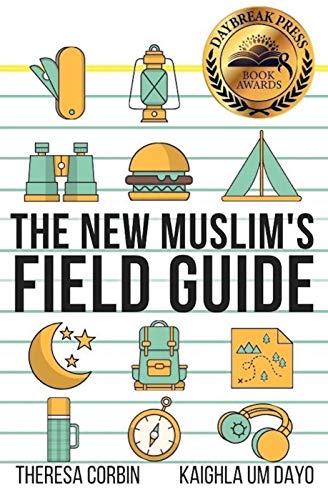
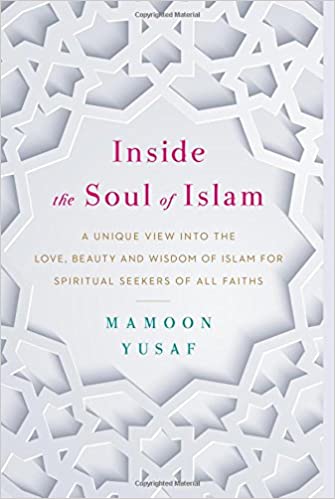
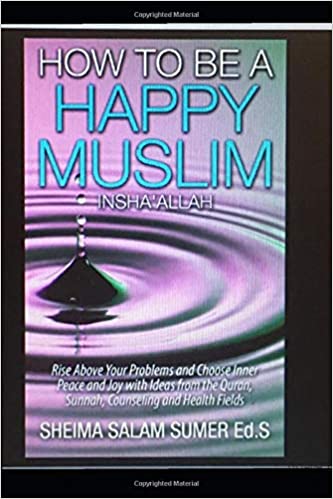
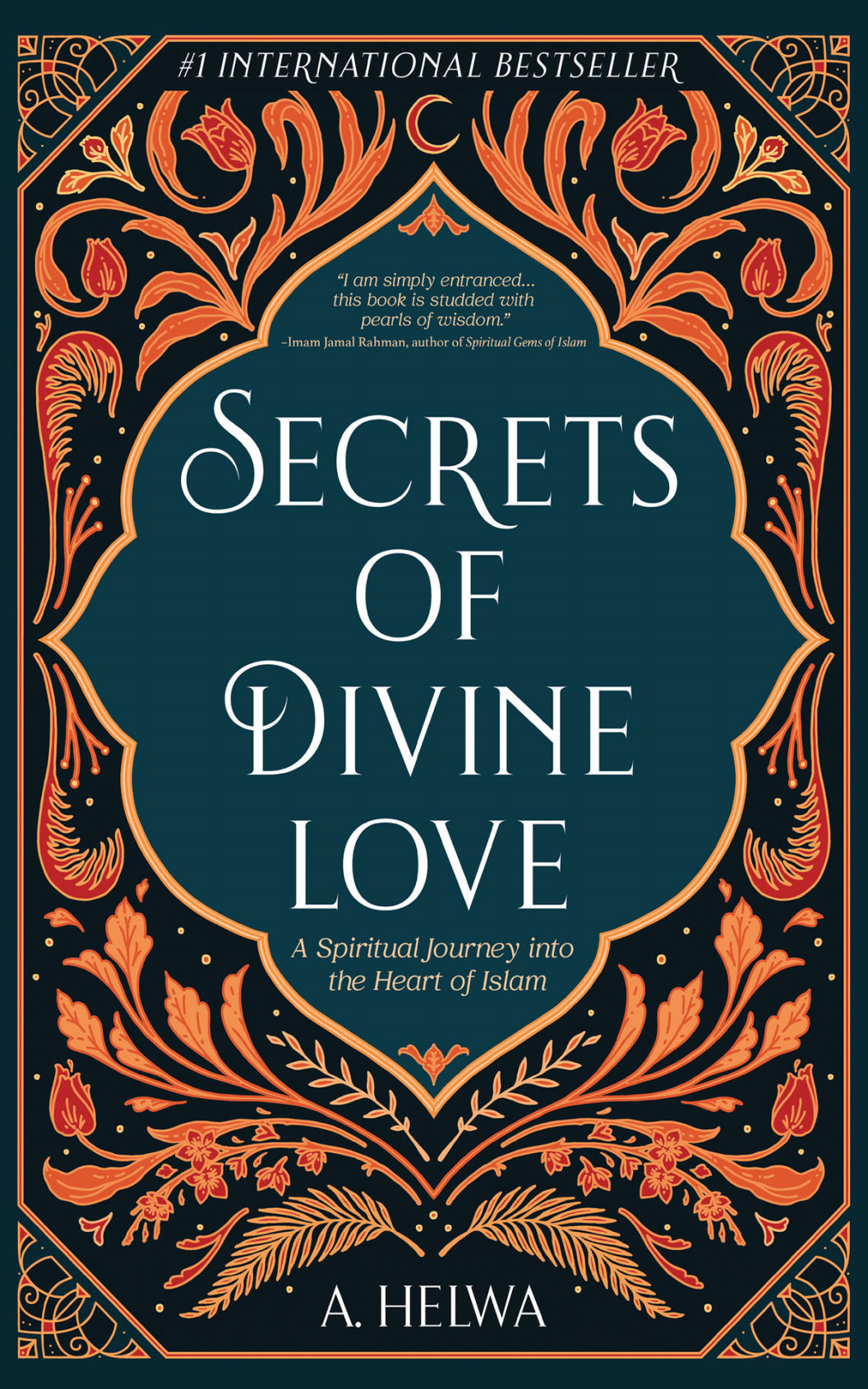
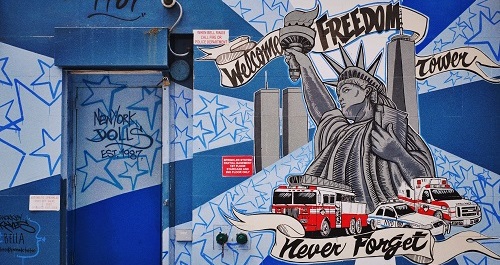
A Story about Aisha and the Corrupt Christian Minister [Fiction]!





